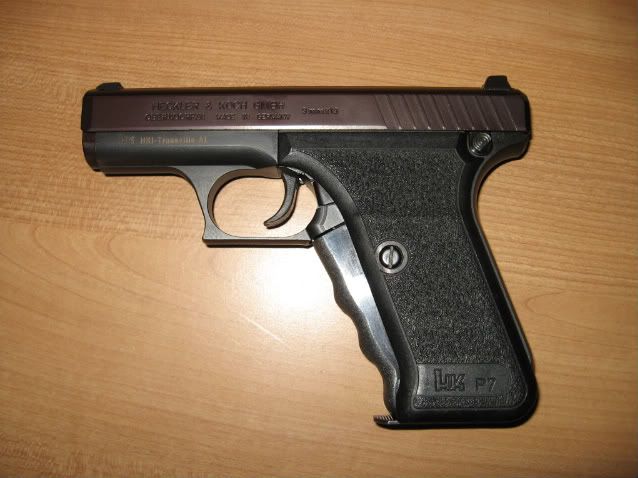simonrichter
New member
just a thought: In order to make a 9mm (or even more powerful caliber) in a straight blowback design, you need a strong recoil spring and a relatively heavy slide (like the HighPoint models).
I take it that there is a limit to the strength of the recoil spring since you have to rack the slide in order to operate the gun, which becomes impossible with a overly strong spring.
Would it be, theoretically spoken, possible, to use a extremely strong recoil spring that makes an extra-heavy slide unnecessary and use the tip-up-barrel-system that is now only used for some mouse guns for chambering the first round?
I take it that there is a limit to the strength of the recoil spring since you have to rack the slide in order to operate the gun, which becomes impossible with a overly strong spring.
Would it be, theoretically spoken, possible, to use a extremely strong recoil spring that makes an extra-heavy slide unnecessary and use the tip-up-barrel-system that is now only used for some mouse guns for chambering the first round?

